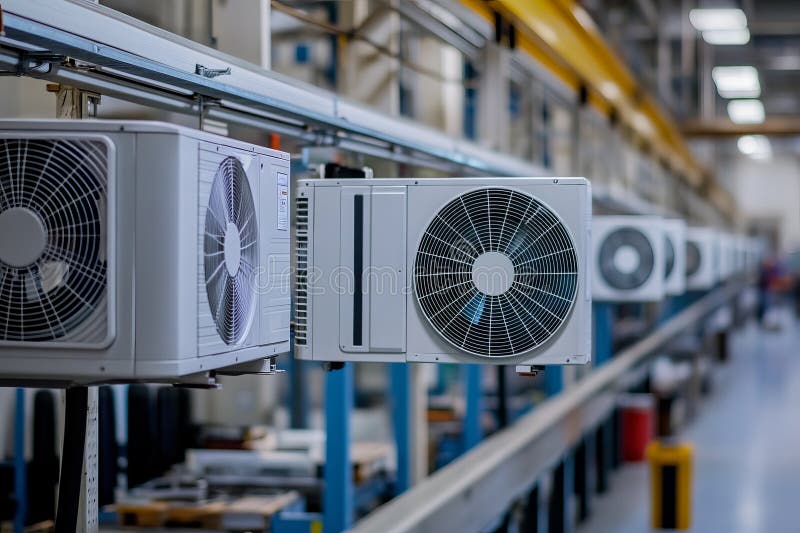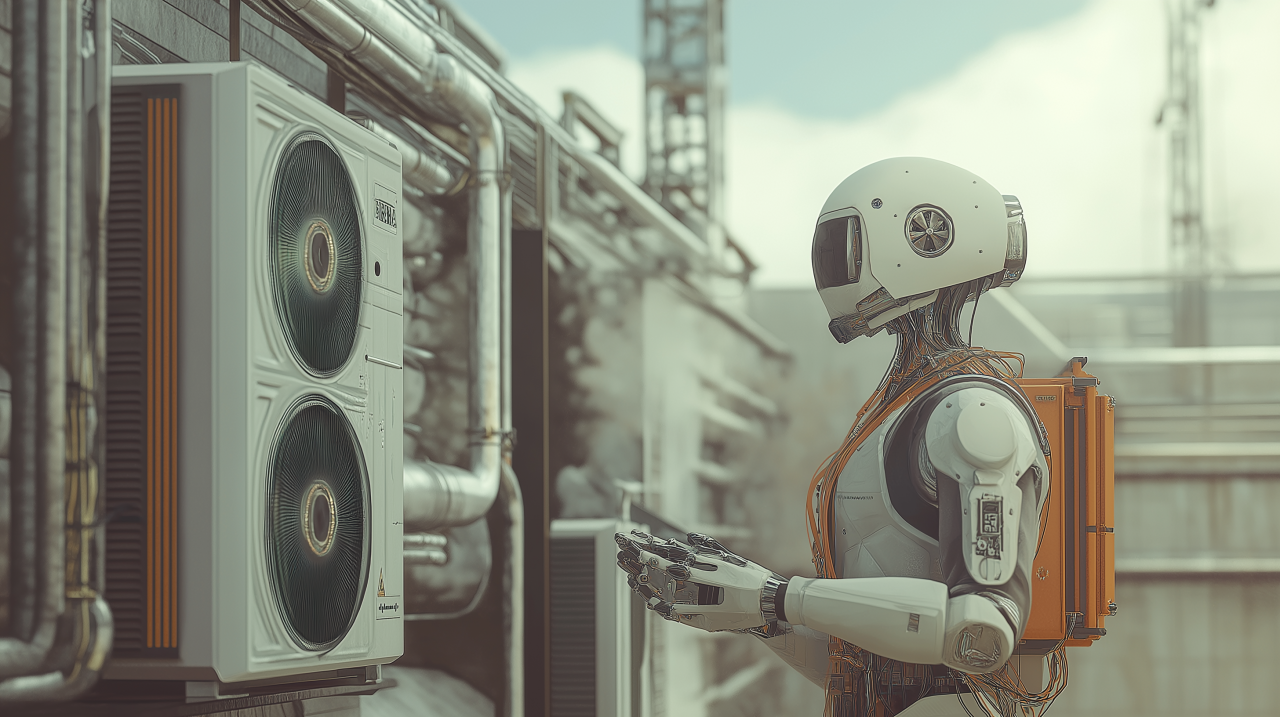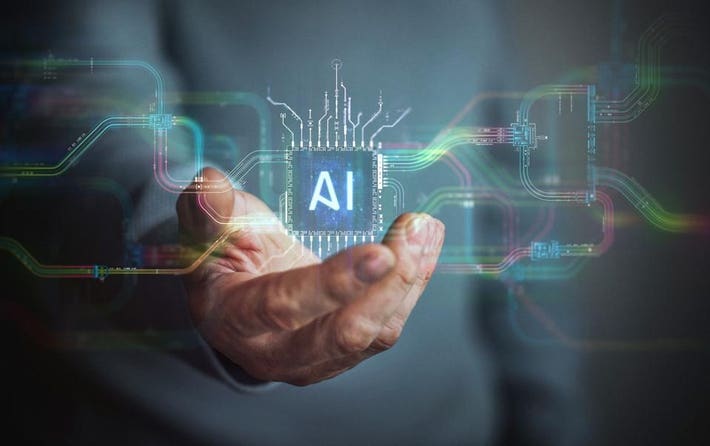In recent years, the integration of Artificial Intelligence (AI) in various industries has dramatically transformed operational efficiencies. One such domain is HVAC (Heating, Ventilation, and Air Conditioning) systems. Understanding how AI is used in HVAC diagnostics provides critical insights into the future of energy management and system maintenance.

The Role of AI in Modern HVAC Systems
Modern HVAC systems are complex and require precise calibration to ensure optimal performance. The adoption of AI technologies in these systems is not just a trend but a necessity to enhance efficiency and reliability. AI algorithms are now capable of predicting potential failures, optimizing energy consumption, and ensuring indoor air quality. This advancement is pivotal for both commercial and residential applications.
Predictive Maintenance and AI
One of the most significant impacts of AI in HVAC diagnostics is in predictive maintenance. AI systems analyze patterns and historical data to forecast potential system breakdowns before they occur. This proactive approach helps in minimizing downtime and reducing repair costs, ultimately leading to improved system longevity.
Energy Efficiency Through AI
AI-driven HVAC systems are equipped with sensors and smart algorithms that continuously monitor environmental conditions. These systems adjust settings autonomously to maintain optimal energy usage. By reducing unnecessary energy consumption, AI contributes to environmental sustainability and cost savings.
Improving Indoor Air Quality
AI technology also plays a crucial role in monitoring and maintaining indoor air quality. By analyzing data from various sensors, AI can detect pollutants and allergens, adjusting ventilation and filtration systems accordingly. This ensures a healthier indoor environment for occupants.
Case Studies: AI in HVAC Diagnostics
Several case studies highlight the effectiveness of AI in HVAC diagnostics. For instance, companies using AI-enhanced systems have reported a significant reduction in energy bills and maintenance costs. This is achieved by leveraging AI’s ability to provide real-time data and actionable insights. Thermal imaging AI is a notable example of how advanced technology is applied to detect inefficiencies and faults in HVAC systems.
Challenges and Considerations
Despite the advantages, integrating AI into HVAC systems presents challenges, such as the initial cost of implementation and the need for skilled personnel to manage these advanced systems. Additionally, ensuring data security and privacy remains a concern that must be addressed as AI technologies continue to develop.
The Future of AI in HVAC
The potential for AI in HVAC diagnostics is vast. As technology evolves, we can expect even more sophisticated solutions that enhance system performance and user comfort. Innovations such as machine learning and IoT integration will further revolutionize the HVAC industry, making systems smarter and more efficient.
Conclusion
Understanding how AI is used in HVAC diagnostics is essential for industry professionals aiming to stay ahead in a rapidly evolving field. AI not only enhances efficiency and reliability but also contributes to a sustainable future. As we continue to explore AI’s capabilities, the HVAC industry will undoubtedly benefit from these advancements.

FAQs
How does AI improve HVAC system efficiency?
AI improves efficiency by optimizing energy usage, predicting maintenance needs, and enhancing system performance through smart algorithms.
What are the challenges of using AI in HVAC systems?
Challenges include initial setup costs, the need for skilled personnel, and ensuring data security and privacy.
What is the future of AI in HVAC diagnostics?
The future involves more integration with IoT, enhanced machine learning capabilities, and further improvements in system efficiency and user comfort.
For further reading on the transformative impact of AI in the HVAC industry, visit this external resource.
This article contains affiliate links. We may earn a commission at no extra cost to you.
